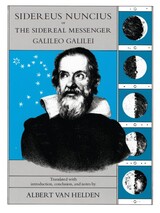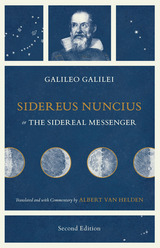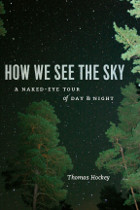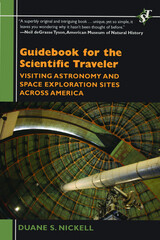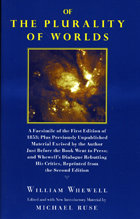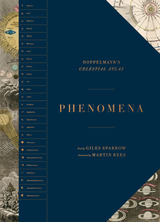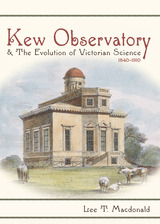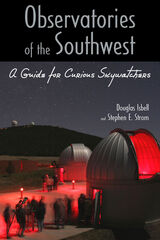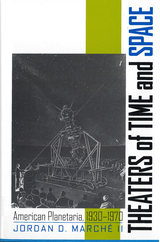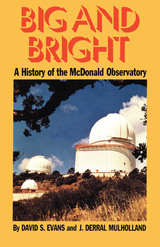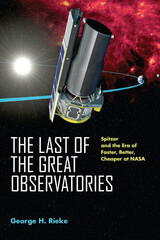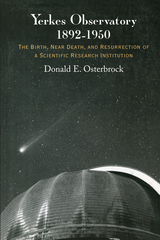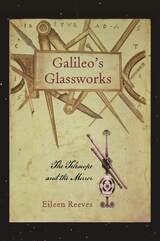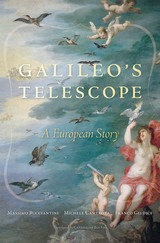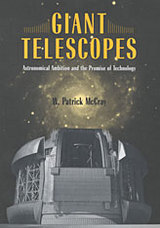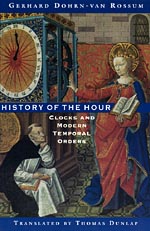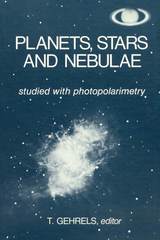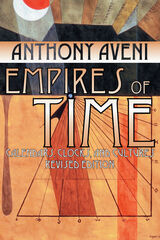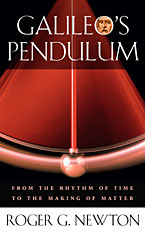Kew Observatory and the Evolution of Victorian Science, 1840–1910
University of Pittsburgh Press, 2018
Cloth: 978-0-8229-4526-0 | eISBN: 978-0-8229-8349-1
Library of Congress Classification QB82.G72M33 2018
Dewey Decimal Classification 522.194271
Cloth: 978-0-8229-4526-0 | eISBN: 978-0-8229-8349-1
Library of Congress Classification QB82.G72M33 2018
Dewey Decimal Classification 522.194271
ABOUT THIS BOOK | AUTHOR BIOGRAPHY | REVIEWS | TOC | REQUEST ACCESSIBLE FILE
ABOUT THIS BOOK
Kew Observatory was originally built in 1769 for King George III, a keen amateur astronomer, so that he could observe the transit of Venus. By the mid-nineteenth century, it was a world-leading center for four major sciences: geomagnetism, meteorology, solar physics, and standardization. Long before government cutbacks forced its closure in 1980, the observatory was run by both major bodies responsible for the management of science in Britain: first the British Association for the Advancement of Science, and then, from 1871, the Royal Society. Kew Observatory influenced and was influenced by many of the larger developments in the physical sciences during the second half of the nineteenth century, while many of the major figures involved were in some way affiliated with Kew.
Lee T. Macdonald explores the extraordinary story of this important scientific institution as it rose to prominence during the Victorian era. His book offers fresh new insights into key historical issues in nineteenth-century science: the patronage of science; relations between science and government; the evolution of the observatory sciences; and the origins and early years of the National Physical Laboratory, once an extension of Kew and now the largest applied physics organization in the United Kingdom.
Lee T. Macdonald explores the extraordinary story of this important scientific institution as it rose to prominence during the Victorian era. His book offers fresh new insights into key historical issues in nineteenth-century science: the patronage of science; relations between science and government; the evolution of the observatory sciences; and the origins and early years of the National Physical Laboratory, once an extension of Kew and now the largest applied physics organization in the United Kingdom.
See other books on: Astronomy | Astrophysics | London | Science and state | Space Science
See other titles from University of Pittsburgh Press

